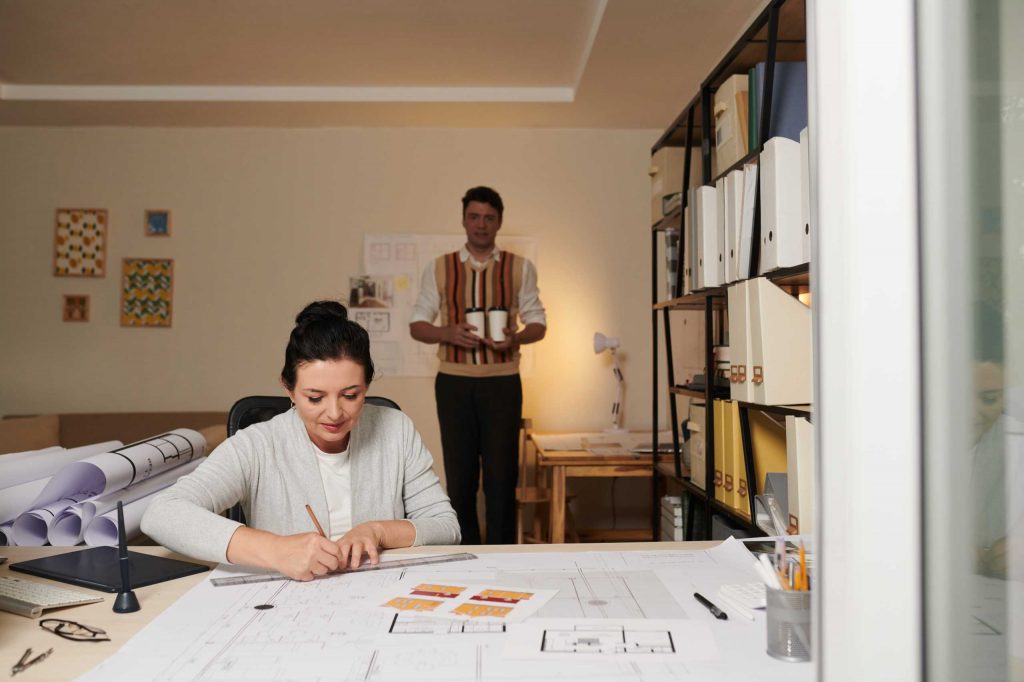Living in a small apartment or studio doesn’t mean you have to compromise on beauty or comfort.
In fact, limited square meters can inspire some of the most creative and efficient interior solutions.
With thoughtful choices, even the tiniest home can feel open, stylish, and completely functional.
Let’s explore how to transform a compact space into a personal sanctuary — with big design energy.
Step 1: Start With Function, Not Decoration
In small spaces, every item has to earn its place.
Before thinking about color or décor, get clear on your space’s needs:
- Do you work from home?
- Need extra storage?
- Love to cook or entertain?
Create zones based on how you live — not just how you want things to look.
Step 2: Think Vertically
When floor space is limited, walls become your best friends.
Use them for:
- Open shelves and cabinets
- Wall-mounted desks or fold-down tables
- Vertical plant displays
- Hooks, rails, and pegboards
Tall bookcases, slim storage towers, and ladder-style racks draw the eye upward — making ceilings feel higher and rooms more expansive.
Step 3: Choose Multi-Functional Furniture
Look for pieces that serve more than one purpose:
- A bench with hidden storage
- A bed with drawers underneath
- A coffee table that converts into a desk
- A fold-out sofa that doubles as a guest bed
These smart choices let you save space without sacrificing usability or style.
Step 4: Use Light to Open the Room
Light is a design superpower — especially in small interiors.
Here’s how to maximize it:
- Keep window treatments sheer or minimal
- Use mirrors to reflect light and add depth
- Choose light-toned walls and furniture
- Layer lighting sources: overhead, task, and ambient
Pro tip: Place a mirror across from a window to double the brightness.
Step 5: Simplify the Color Palette
A restrained palette helps small spaces feel calm and cohesive.
- Stick to 2–3 main tones
- Use neutrals as a base: whites, greys, beiges
- Add accents with cushions, art, or plants
Avoid too many contrasts — they can visually fragment the space.
Instead, aim for flow.
Let the eye move without interruption from corner to corner.
Step 6: Declutter, Then Design
Before styling, do a ruthless edit.
Ask yourself:
- Do I use this?
- Do I love this?
- Does this add value to the room?
Small spaces highlight everything — so clutter stands out even more.
Once you’ve pared things down, you’ll find designing becomes easier, lighter, more focused.
Step 7: Add Personality, Not Clutter
A small home doesn’t mean a blank home. In fact, it’s the perfect place to curate intentionally.
Try:
- A single bold artwork
- A small gallery wall of framed sketches
- A unique vintage chair
- A handmade ceramic or textured lamp
Let each piece speak. Choose quality over quantity.
That’s where the charm lives.
Final Thoughts
Designing a small space is like writing a short poem:
Every line, every detail matters.
With the right strategy and some creative thinking, even the most modest square footage can feel open, welcoming, and uniquely yours.
Because good design isn’t about size — it’s about soul.

